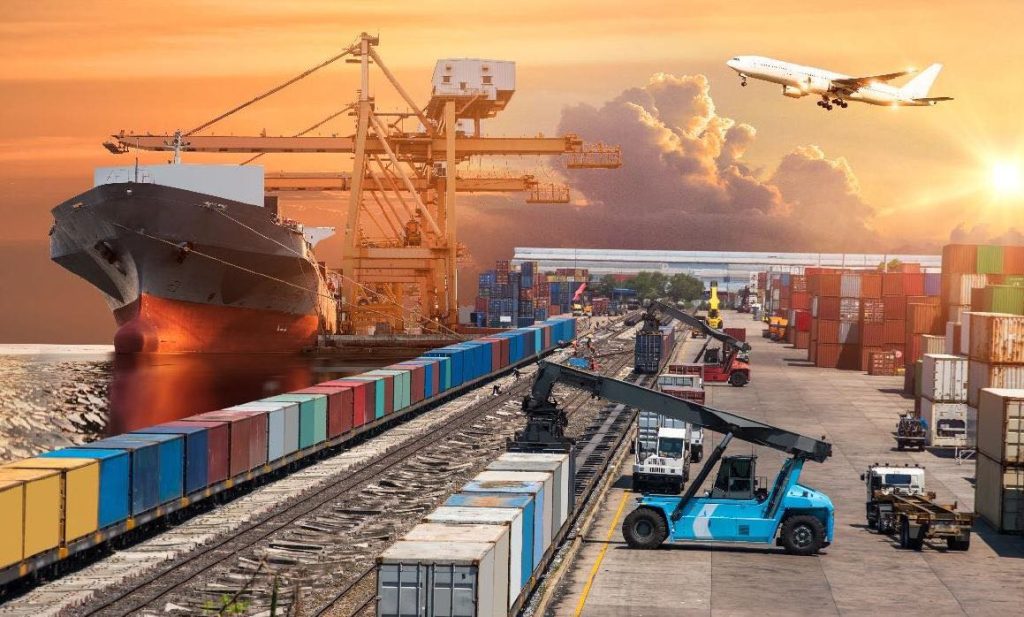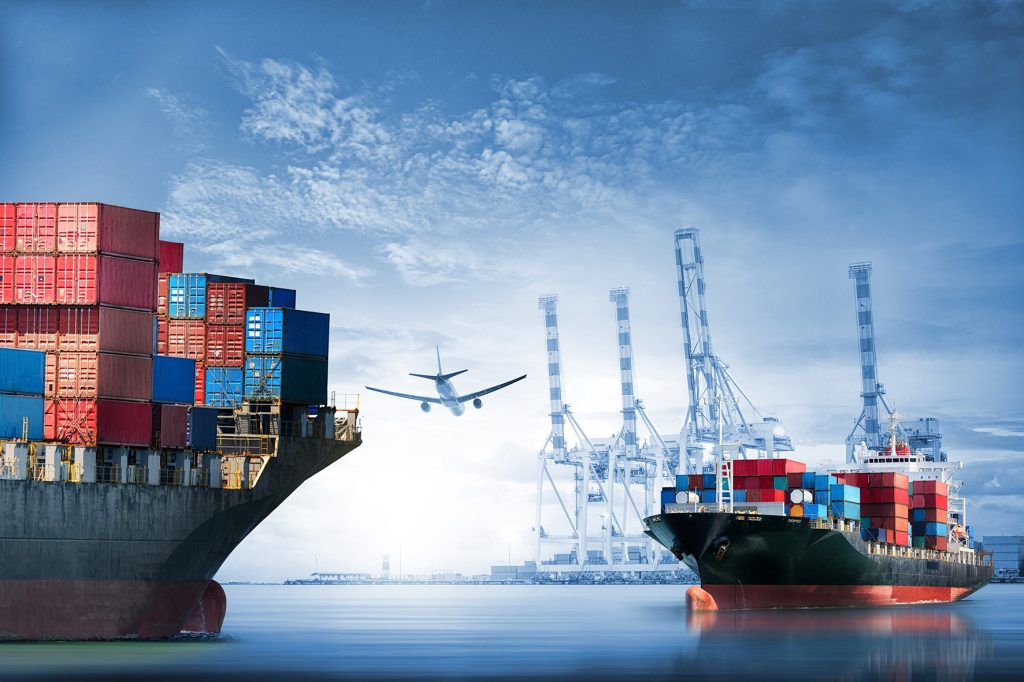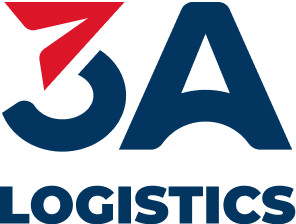The robust growth of the economy has created an ever-increasing demand for the transportation and delivery of goods between businesses and partners. To effectively meet this demand, flexibly combining various modes of transportation is important, with sea freight playing an indispensable role, especially for those who regularly need to transport bulky and long-distance cargo. This article will provide a deeper understanding of the sea freight process.
Table of Contents
ToggleWhat is sea freight?
Sea freight is a popular method of cargo transportation, using cargo ships with various load capacities and modern seaport systems. This method effectively meets the need for maritime cargo transport.

When should sea freight be used?
- When transporting gigantic cargo.
- When you need to transport large quantities of international cargo cost-effectively.
- When the sending and receiving points are near the sea with ports for cargo ships. (*) Note that sea freight should only be used for shipments that are not urgent or time-sensitive. Advantages of sea freight has many advantages such as the ability to carry large volumes of cargo, cost-effectiveness, high safety due to low collision risks, and wide accessibility to many countries with seas.
Risks of sea freight
- Although sea freight is highly regarded for its safety, it still harbors risks that should be acknowledged, and preventative solutions should be devised to minimize potential losses.
- Natural risks: Unusual weather changes at sea like storms, thunderstorms, turbulent seas, or tsunamis can affect cargo ships.
- Accident risks during transit: The possibility of cargo ships colliding, grounding in shallow waters, or sinking is a rare but real risks that sea freight faces.
- Human-related risks: Common issues include piracy or seizure by authorities of a country if the cargo is suspected to be problematic. Necessary documents Documentation in sea freight is essential, indicating the legality of the goods and ensuring safe and trouble-free legal compliance during transit.
A sea freight shipment typically includes: Transportation documents:
- Bill of lading for cargo on board: confirming the completion of cargo loading.
- Cargo loading order: guiding the arrangement and movement of goods on the ship.
- Cargo declaration: details about the type of goods, quantity, and destination.
- Receipt confirming cargo loading.
- Inventory control slip for cargo quantity during transit.
- Layout drawing showing the placement of goods on the ship, allowing for optimal cargo control and preventing loss. Customs documents: allowing the cargo ship to move in customs areas.
- Certificate of origin.
- Valid cargo insurance contract.
- Packing list for the shipment…
Sea freight rates To transport a shipment via sea
Shippers need to pay service fees to the shipping company, based on a price framework suitable for the cargo sent. Currently, sea freight rates depend on factors like:
- Distance from the sending to the receiving point.
- Type and weight of the goods.
- Whether the cargo is domestic or international.
- Special storage conditions for the goods (if any).
Sea freight rates for various goods include:
- Service fees for the transportation company.
- Cargo insurance fees are based on the value of the shipment.
- Loading and unloading fees.
- Storage fees at the port if not transported in a timely transported.
- Other surcharges as per regulations.
See more: How much does sea transportation cost? How is it calculated?

Combining sea freight with other forms:
Multimodal transportation – is combining two or more types of transportation. Like other forms, sea freight can also be combined with other types to create a new mode of transportation with many advantages in each situation. Possible combinations include road transport, air transport, rail transport, or simultaneously combining these modes.
Why combine different modes of transportation?
The question is why such combinations are necessary. What are the benefits of the transportation process? How is it different from not combining these modes? Firstly, combining sea freight with other modes can create a new form of transportation when wanting to transport a large volume of goods to a landlocked country. Secondly, combining sea freight with other modes optimizes transit time.
Additionally, this combination helps save considerable costs. Instead of the expensive air transport, taking advantage of the low-cost sea routes combined with air transport can save a significant amount. In cases where your order faces production delays, combining other forms with sea transport is advisable. Solely relying on sea transport can further delay the delivery process. Combining sea and road transport This combines sea and road transport. It means transporting by sea first, then using road transport to deliver the goods, or vice versa. These methods can complement each other, creating a balance:
- Sea transport: low cost, dependent on nature, slow timing.
- Road transport: high cost, less dependent on nature, fast timing. By skillfully combining these, a balance in transport can be achieved, ensuring timely delivery with moderate costs and combining sea and air transport. Combining sea with air transport also leverages the strengths of each method to create something new and cost-effective.
Sea transport company 3A Logistics is a trustworthy company in the field of cargo transportation, offering a range of high-quality, reliable, and cost-effective services. With years of experience, 3A has served thousands of customers with its dedicated and experienced team, addressing their concerns effectively.
Currently, 3A Logistics offers a variety of sea transport services like:
- Transporting loose and bulk cargo.
- Transporting full cargo.
- Container shipping.
- Domestic and international sea transport.
Conclusion: Sea freight, with its outstanding advantages in transporting large volumes of goods at low cost, has become an indispensable part of the global supply chain. Though not the fastest method, its flexibility and ability to combine with other modes like road and air transport make it extremely effective in many situations. For businesses and individuals, understanding sea freight not only helps optimize costs and delivery times but also ensures safety and efficiency for all shipments. Therefore, choosing a reliable and professional partner like 3A Logistics is vital to maximize the benefits of sea transport.
– Phaata.com–








